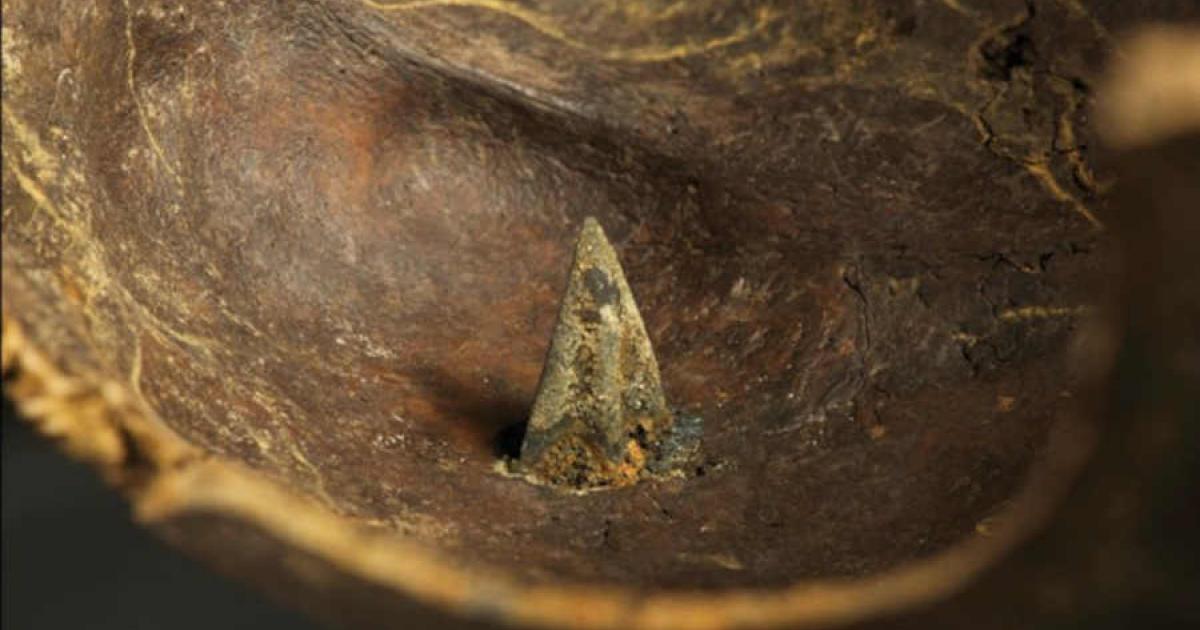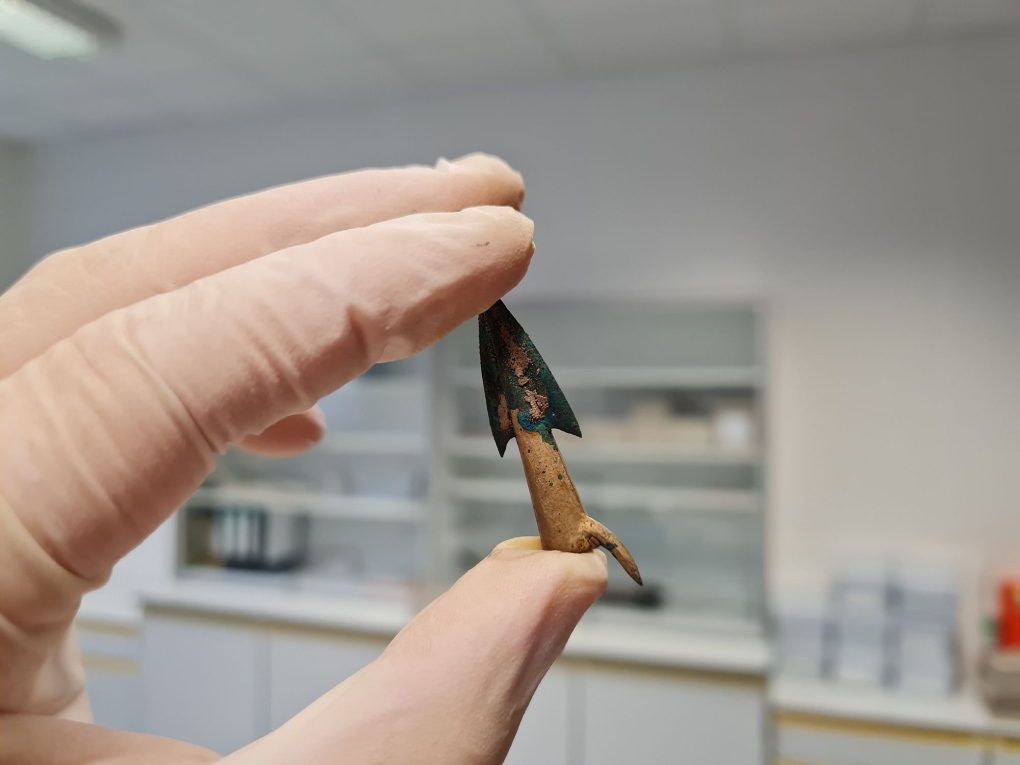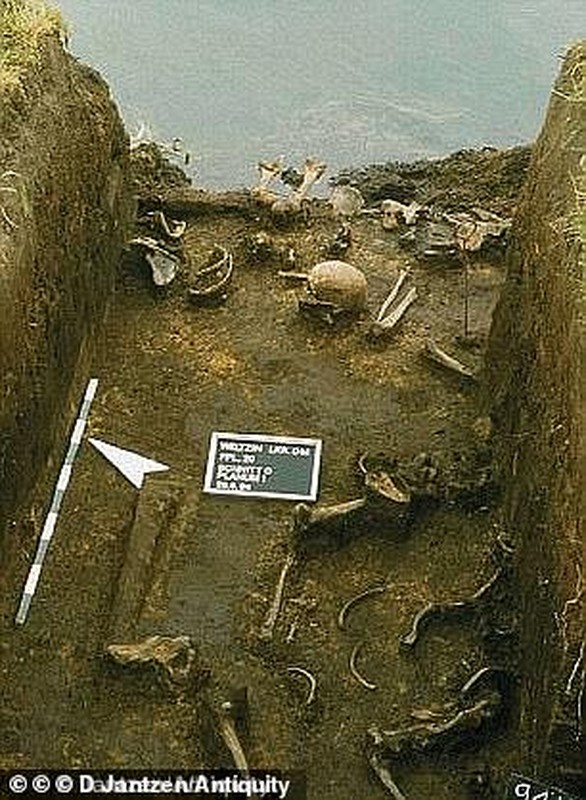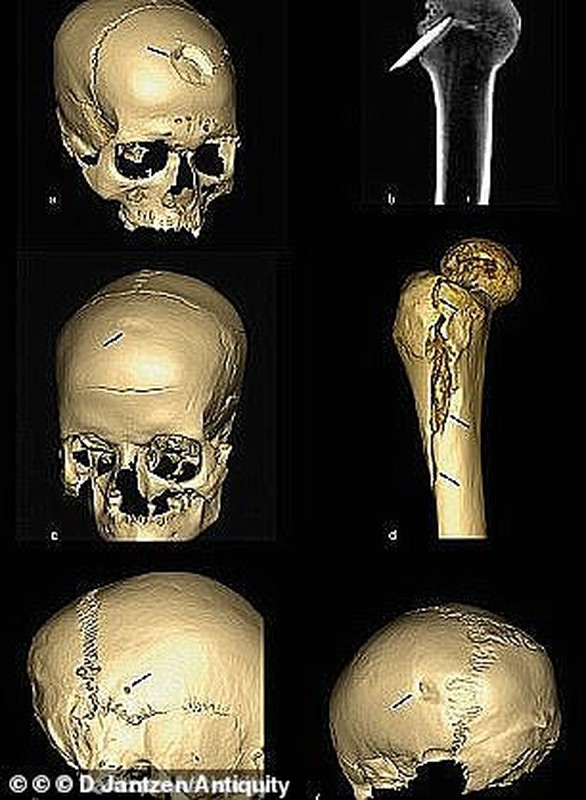The Tollense Valley in northern Germany has revealed an archaeological treasure of staggering significance: Europe’s oldest known battlefield, dating back an astonishing 3,250 years. This site not only reshapes our understanding of the Bronze Age but also provides a vivid glimpse into the violent struggles of ancient societies.
The Discovery: A Lone Bone that Launched a Revolution
It all began in 1996, when a solitary human arm bone embedded with a flint arrowhead was spotted protruding from the riverbank. What seemed like a minor discovery quickly turned into one of the most significant archaeological finds in Europe. Over the next two decades, meticulous excavations uncovered:
- 12,500 human bones, representing at least 140 individuals.
- 300 artifacts, including bronze and flint arrowheads, wooden clubs, and fragments of shields.
- Horse remains, suggesting the presence of mounted warriors.
A remarkable aspect of the find is that many weapons were still lodged in the skeletons, offering a chillingly direct view of the brutality of Bronze Age warfare.

A Glimpse into Bronze Age Warfare
Unlike the small-scale skirmishes often associated with Bronze Age Europe, the evidence from Tollense points to a massive, organized battle. Analysis of the remains reveals:
- Traumatic injuries: Crushed skulls, severed limbs, and punctured torsos suggest close-quarters combat of extraordinary savagery.
- Regional diversity: Isotope analysis of the bones indicates that many warriors were not locals but had traveled from faraway regions, possibly hundreds of kilometers. This implies a conflict involving multiple communities or alliances.
- Strategic significance: The battlefield’s location along the Tollense River suggests it may have been a chokepoint—ideal for controlling movement or trade routes.
These findings depict a large, coordinated effort, with warriors armed not only with bronze-age weaponry but also advanced tactics for the time.

Theories Behind the Battle
The motivations for this large-scale conflict remain speculative, but several theories stand out:
- Control over trade routes: Tollense Valley may have been part of a key trade network connecting northern Europe to the Mediterranean. The battle could have been fought over dominance of this lucrative system, as suggested by the discovery of amber and other exotic goods nearby.
- Territorial disputes: Rival tribes or alliances may have clashed over land or resources.
- Political alliances gone awry: The presence of non-local fighters hints at the possibility of coalitions breaking apart, leading to widespread violence.
While the exact reasons remain unknown, the Tollense battlefield suggests a level of political complexity not previously attributed to Bronze Age Europe.

Technological Insights from the Battlefield
The preserved weaponry and skeletal remains offer a rare opportunity to understand Bronze Age technology and combat strategies. Key findings include:
- Bronze arrowheads: Indicating access to advanced metallurgy.
- Wooden shields and clubs: Pointing to a mix of defensive and offensive tactics.
- Horse remains: Suggesting that cavalry played a role in the battle.
These artifacts demonstrate a society capable of both crafting sophisticated weapons and mobilizing large-scale military forces.

Legacy of the Tollense Valley Battlefield
The Tollense discovery challenges long-held beliefs about Bronze Age societies as simple, isolated communities. Instead, it paints a picture of a dynamic world where:
- Long-distance travel was common.
- Complex alliances and conflicts shaped regional dynamics.
- Warfare on a massive scale was not only possible but a reality.
This ancient battlefield serves as a poignant reminder of the violence and ambition that have defined human history for millennia. It forces us to reconsider the sophistication and complexity of Bronze Age civilizations.

A History Written in Bones
The Tollense Valley battlefield is a window into a distant and brutal past. It stands as a testament to the resilience of the human spirit—and the cost of survival in a harsh, competitive world. As researchers continue to unearth its secrets, this site promises to reveal even more about the lives and struggles of our ancestors, making the Bronze Age feel closer, more vivid, and profoundly human.

